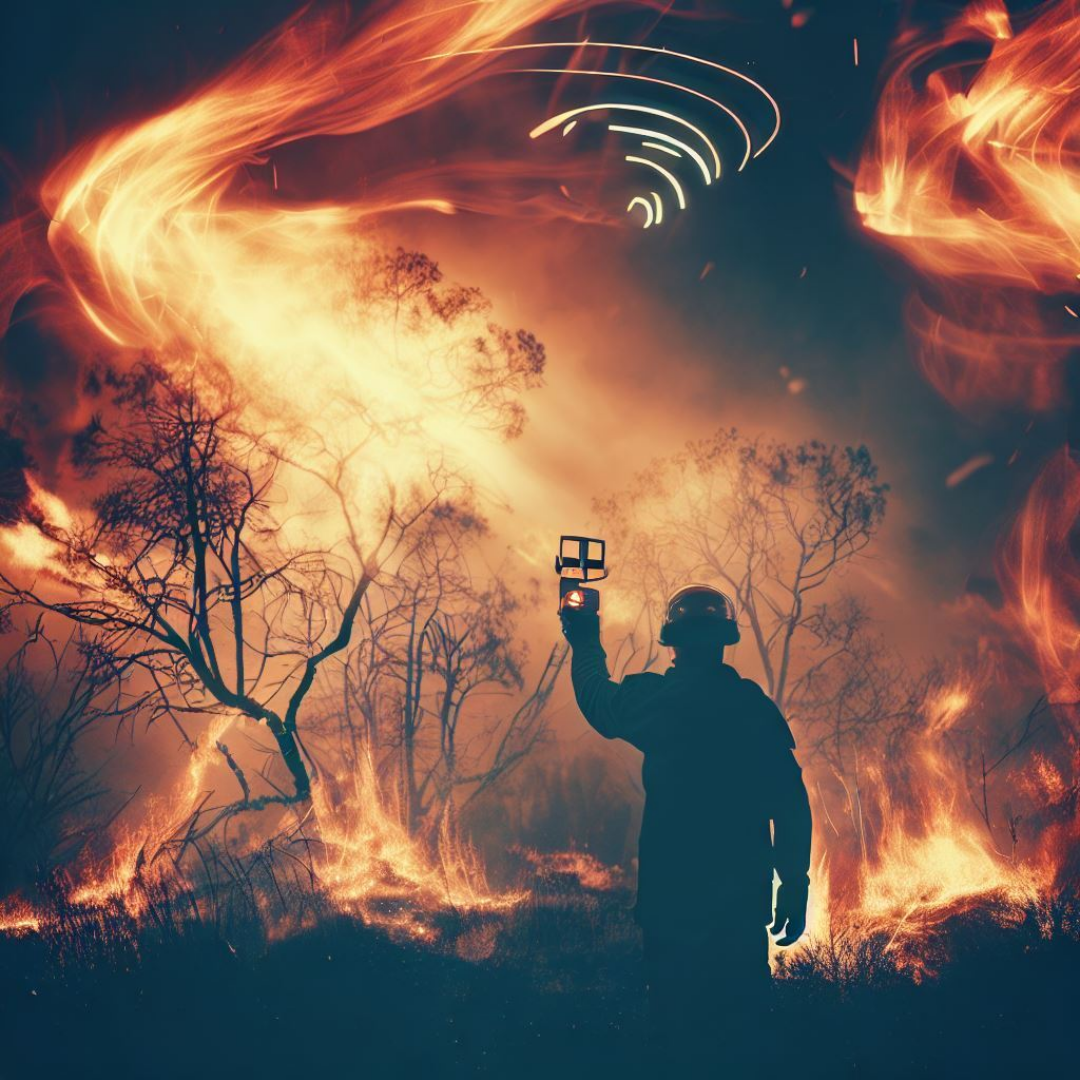Rogers is collaborating with SpaceX to implement satellite-connected sensors in remote areas across the province, augmenting the ability to predict wildfire activity.

In a groundbreaking move, firefighters in British Columbia are poised to gain access to cutting-edge early wildfire-detection technology, leveraging the power of 5G, artificial intelligence (AI), and satellite capabilities to identify emerging blazes well in advance of their spread.
Introduced by Rogers, these first-of-their-kind systems in Canada will link Pano AI cameras, capable of discerning smoke up to 20 kilometers away, with 5G towers located in northern B.C. communities. Additionally, Rogers is collaborating with SpaceX to implement satellite-connected sensors in remote areas across the province, augmenting the ability to predict wildfire activity.
Neel Dayal, Rogers’ Senior Director of Innovation and Partnerships, confirmed that this technology is slated for deployment within the next few weeks, with full operational capability anticipated before year-end. He expressed the company’s aspiration to extend this technology nationwide, given the escalating wildfire threats faced by various Canadian provinces.
Rogers’ venture into combining 5G technology with AI for early wildfire detection commenced in 2021, when they partnered with researchers from the University of British Columbia and the B.C. Wildfire Service. This endeavor was prompted by B.C.’s experience of its third-worst wildfire season on record, which incinerated nearly 8,700 square kilometers.
Since 2018, Rogers and UBC have collaborated on exploring 5G capabilities, deploying low-power sensors in B.C. forests to monitor weather and fuel conditions, thereby assessing wildfire risk.
Dr. Mathieu Bourbonnais, an Assistant Professor in Environmental Sciences at UBC Okanagan and a lead researcher for the Rogers 5G program, highlighted the potential of these technologies to expand the reach and capabilities of the existing network of 5G IoT sensors, forming the foundation for an early warning system for wildfires and enhancing public safety.
The Pano AI cameras will be integrated with 5G wireless towers near Fort St. James, Smithers, and Chetwynd in B.C. Each station will feature two cameras mounted at an elevated vantage point, capable of rotating 360 degrees and linked to the company’s AI software.
The AI algorithm will endeavor to identify a plume of smoke and promptly alert first responders. The software’s rapid image processing capabilities enable it to discern whether the plume is indeed smoke from a fire, distinguishing it from clouds, mist, or dust clouds from vehicles.
Pano cameras have already been instrumental in wildfire detection in several western U.S. states, including Washington, Oregon, California, and Colorado, utilizing the T-Mobile 5G network. The successful early detection of a wildfire in Oregon’s Mt. Hood National Forest in July served as a testament to the camera system’s effectiveness.
While Rogers and UBC’s work was independent of T-Mobile’s efforts, the latter provided additional assurance that 5G technology was a pivotal enabler for this type of solution.
Furthermore, Rogers has pledged to donate satellite phones to the British Columbia Search and Rescue Association, bolstering first responders engaged in wildfire response. The satellite sensors will make use of SpaceX’s low-bandwidth Swarm service, already employed for satellite-to-phone coverage in remote Canadian regions.
This venture aligns with the broader global effort to enhance wildfire detection, with the imminent launch of WildfireSat, the world’s first purpose-built satellite for monitoring wildfires, scheduled for 2029. AI-powered sensors are also under development in both the U.S. and Canada, as underscored by a United Nations report from 2022, emphasizing the urgency of reducing wildfire risk in the face of escalating global temperatures due to climate change.